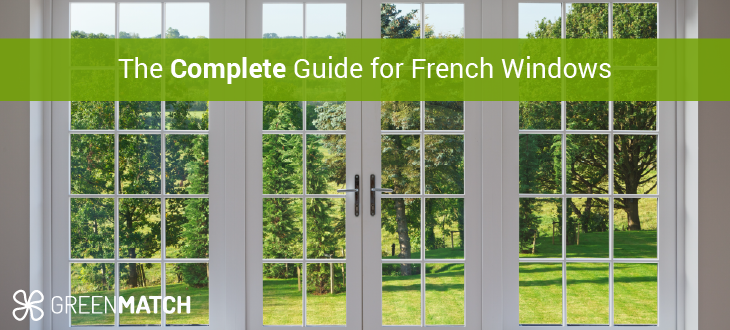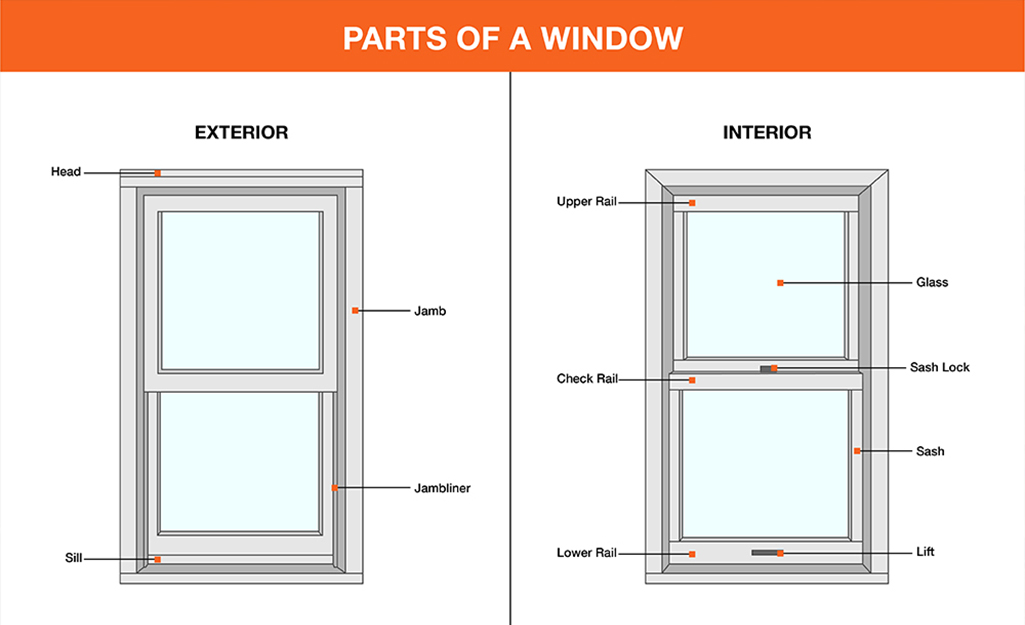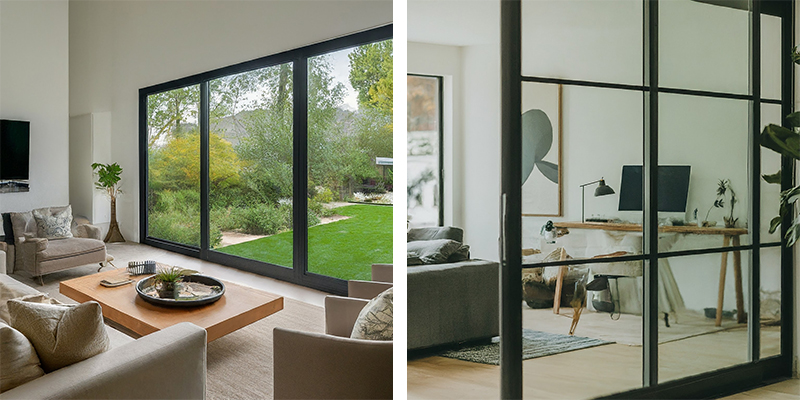
External windows are more than just openings in your walls; they are vital elements that influence your home’s aesthetics, comfort, and energy efficiency. Choosing the right windows involves understanding various types, materials, and features that suit your specific needs and preferences. This guide will delve deep into the world of external windows, providing you with the knowledge to make informed decisions.
Understanding the Importance of Quality External Windows
Good external windows provide numerous benefits, including:
- Natural Light: Windows allow natural light to enter your home, creating a bright and welcoming atmosphere.
- Ventilation: Opening windows provides fresh air circulation, improving indoor air quality.
- Energy Efficiency: Modern windows are designed to minimize heat transfer, reducing energy consumption and lowering utility bills.
- Security: Sturdy windows enhance your home’s security, deterring intruders.
- Aesthetics: Windows contribute significantly to your home’s curb appeal and overall design.
- Noise Reduction: Properly installed windows can block unwanted outside noise.
Types of External Windows
There are various types of external windows, each with its unique characteristics:
Casement Windows
Casement windows are hinged on the side and swing open like a door. They offer excellent ventilation and a clear, unobstructed view. They are very energy efficient when closed tightly.
Double-Hung Windows
Double-hung windows have two sashes that slide vertically. This design allows for controlled ventilation and easy cleaning from the inside. They are very common in traditional style homes.
Sliding Windows

Sliding windows, also known as glider windows, have sashes that slide horizontally. They are easy to operate and provide a wide view.
Picture Windows
Picture windows are fixed and do not open. They are designed to provide a large, unobstructed view of the outdoors. They are often used in combination with other operable windows.
Awning Windows
Awning windows are hinged at the top and swing outward. They are ideal for areas with frequent rain, as they provide ventilation even during inclement weather.
Bay and Bow Windows
Bay and bow windows project outward from the wall, creating a unique architectural feature. They offer a wider view and increased interior space. Bay windows typically have three panels, while bow windows have four or more.
Materials Used in External Windows
The choice of material significantly impacts the performance and longevity of your external windows:
Vinyl Windows
Vinyl windows are popular for their durability, low maintenance, and energy efficiency. They are resistant to moisture, rot, and insects. They are also relatively inexpensive compared to other materials.
Wood Windows

Wood windows offer a classic and elegant look. They provide excellent insulation but require regular maintenance to prevent rot and decay. They are often more expensive than other materials.
Aluminum Windows
Aluminum windows are strong, lightweight, and resistant to corrosion. They are often used in commercial buildings but can also be used in residential applications. They are very durable, but less energy efficient than vinyl or wood.
Fiberglass Windows
Fiberglass windows are extremely durable and energy-efficient. They are resistant to warping, cracking, and fading. They are a premium option with a higher price point.
Energy Efficiency of External Windows
Energy-efficient external windows can significantly reduce your energy bills. Look for windows with the following features:
- Low-E Coatings: These coatings reduce the amount of ultraviolet and infrared light that passes through the glass, minimizing heat transfer.
- Double or Triple Pane Glass: Multiple panes of glass with inert gas filling provide better insulation.
- Weatherstripping: Effective weatherstripping seals gaps and prevents air leakage.
- Proper Installation: Correct installation is crucial for maximizing the energy efficiency of your windows.
Choosing the Right External Windows

When selecting external windows, consider the following factors:
- Climate: Choose windows that are suitable for your local climate.
- Style: Select windows that complement your home’s architectural style.
- Budget: Determine your budget and choose windows that offer the best value.
- Energy Efficiency: Prioritize energy-efficient windows to save on utility bills.
- Maintenance: Consider the maintenance requirements of different window materials.
- Installation: Hire a reputable contractor for professional installation.
Maintenance Tips for External Windows
Regular maintenance can prolong the life of your external windows:
- Clean windows regularly with a mild detergent and water.
- Inspect weatherstripping and caulking for damage and replace as needed.
- Lubricate moving parts to ensure smooth operation.
- Check for signs of rot or decay in wood windows and address promptly.
By understanding the various aspects of external windows, you can make informed decisions that enhance your home’s beauty, comfort, and efficiency. Investing in high-quality windows is a wise choice that offers long-term benefits.





